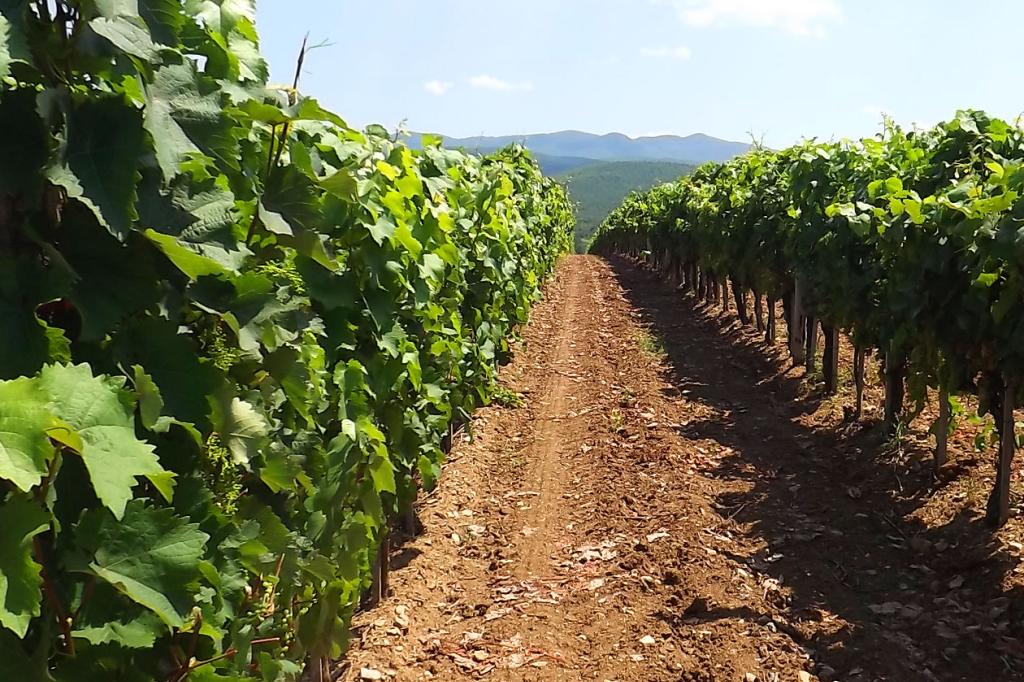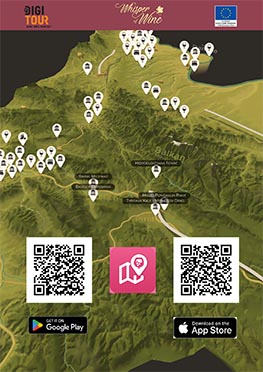
Dive into ultimate guide to planning incentive trips in Serbia.
Incentive trips have become an indispensable benefit of the contemporary business climate. In view of that, Serbia offers numerous resources for incentive trips no matter whether the goal is increasing the team’s motivation and engagement or bonding the team by enhancing team-bonding and communication. Having this in consideration, BLeisure DMC provides insight into the allure of Serbia as an appealing incentive destination.
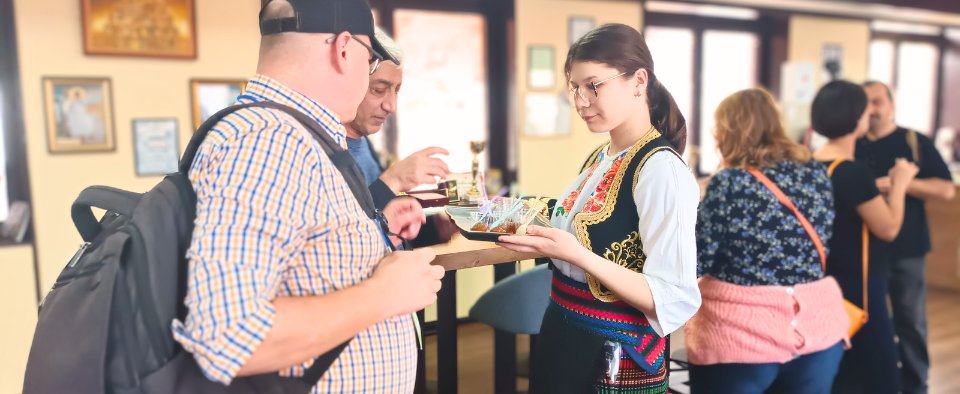
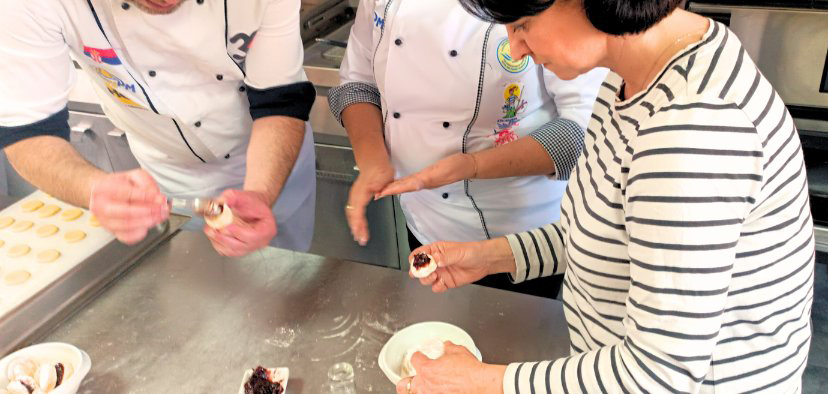
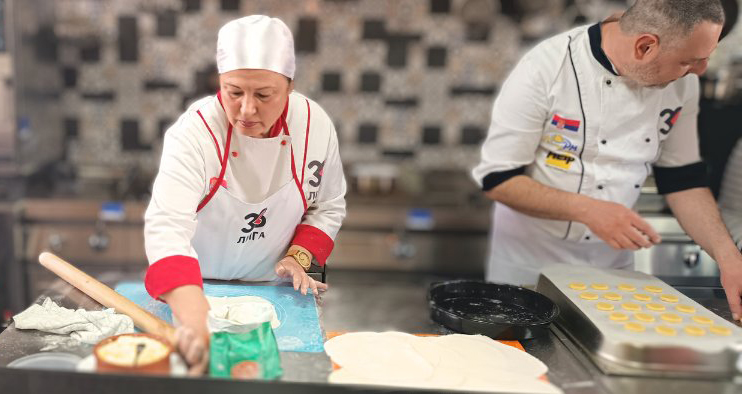
Belgrade
The capital of Serbia offers a selection of incentive trips combining both history & culture incentives and gastronomic incentives. Visit Kalemegdan fortress, an open-air museum featuring monuments like The Clock Tower, Roman well, Kula Nebojša alongside the Kalemegdan park, the oldest park in Belgrade. Bleisure DMC recommends visiting Knez Mihailova street abundant with many 19th century landmarks including the National Bank or Princess Ljubica’s residence.
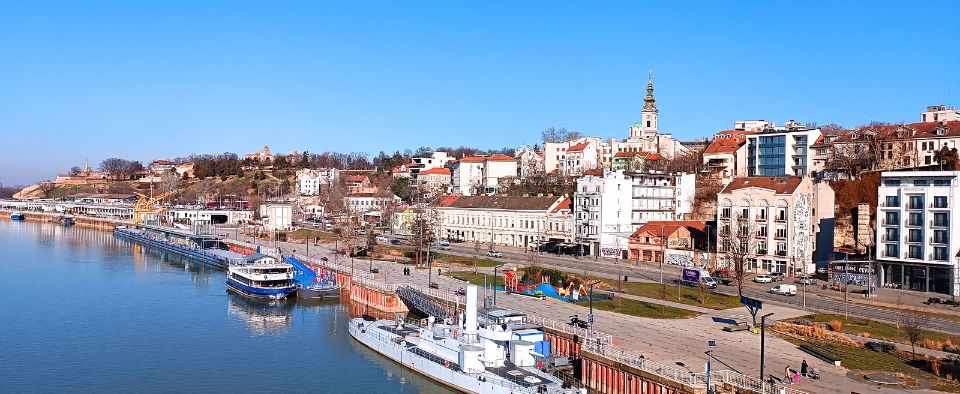
Discover authentic gastro experience in traditional taverns in Skadarlija street and feel the authentic bohemian spirit. Experience authentic gastronomic delights in the traditional taverns along Skadarlija street, where the bohemian spirit thrives. Alternatively, indulge in luxurious culinary events overlooking the Danube near Belgrade for a sophisticated experience.
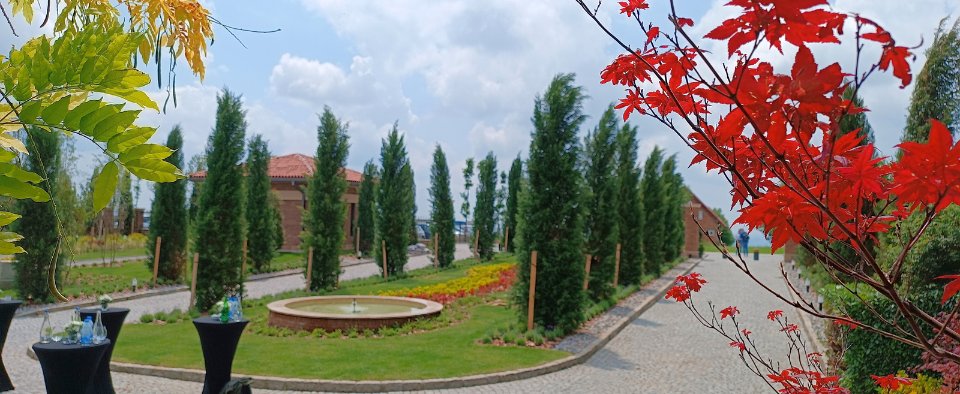
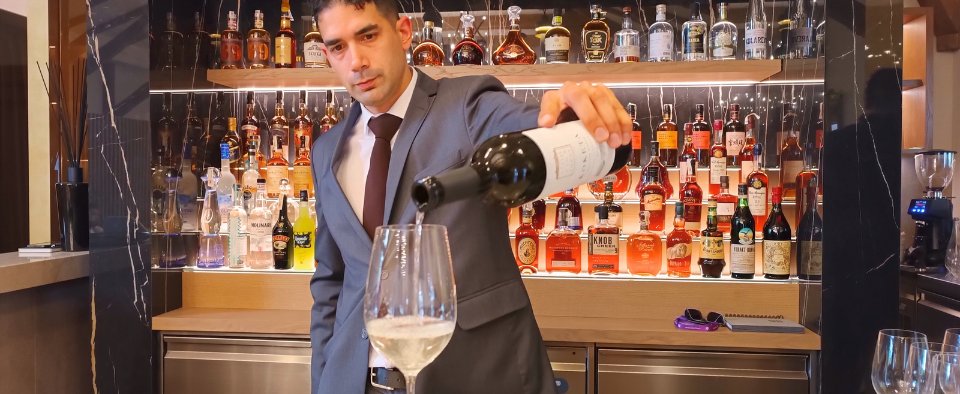
Sremski Karlovci
The intertwine of history, culture and viticulture makes Sremski Karlovci an appealing incentive trip destination. Visit the romantic town of Sremski Karlovci, the former hub of both the political and cultural life of the Serbs. Enjoy a panoramic walk featuring the baroque Four Lions fountain located at the main square, the oldest High School in Serbia dating back to the 18th century, the Patriarch’s Palace, and the mid 18th century Cathedral with a fine Renaissance facade.
After the panoramic walk rest in Family Živanović Beekeeping Museum and Wine Cellar. Discover the art of winemaking and the differences between red, white, and dessert wines. Explore vintage photographs of vineyards and grape pickers, and see old machinery from the 1930s, including grape crushers, presses, and ancient wine pumps. Don't miss the Bermet wine, a family tradition for centuries, famous since the 18th century during the reign of Maria Theresa. Enjoy tasting seven types of wine and three varieties of honey, with Bermet as the highlight of your visit.
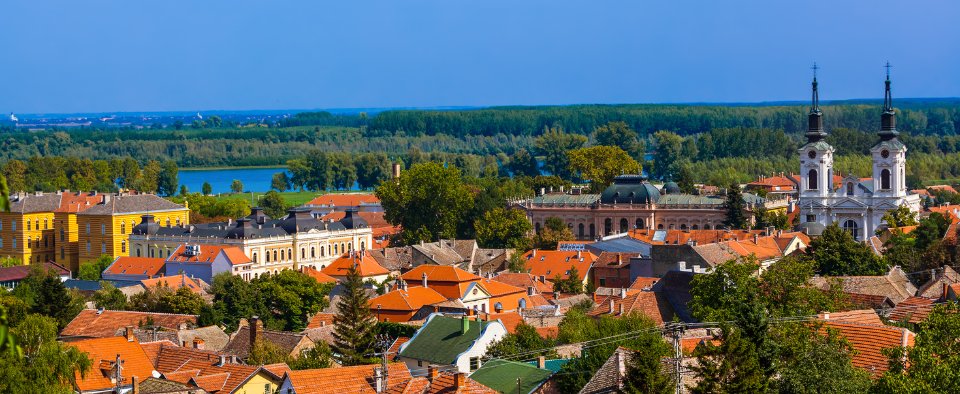
The Danube & Danube Cruise
The Danube, alongside its gorges and the remnants of the landmarks dating back to the prehistory combines history, culture and viticulture, thus creating a perfect selection of incentive trips suitable for even the most demanding clients.
Visit the Viminacium, a major city and military camp of Moesia province, lying on the old Roman road Via Militaris.
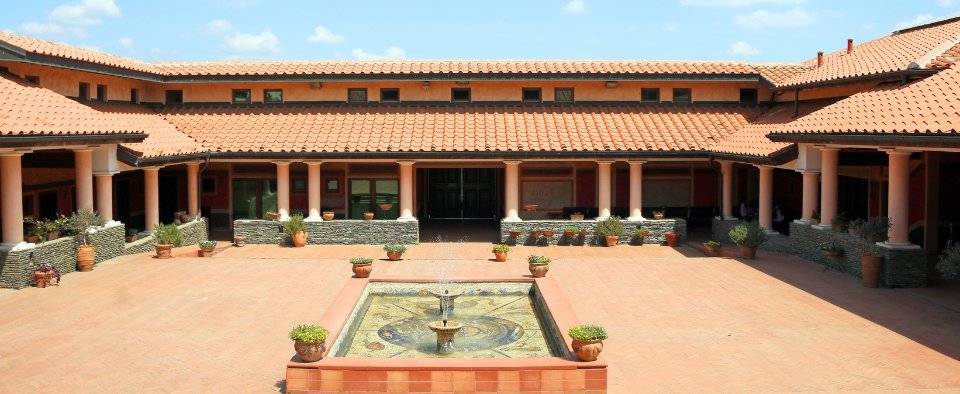
Become infatuated with the Iron Gate gorge, the largest and most beautiful gorge in Europe. Discover Golubac, one of the best-preserved medieval sites in Serbia, situated at the entry of the Iron Gate gorge.
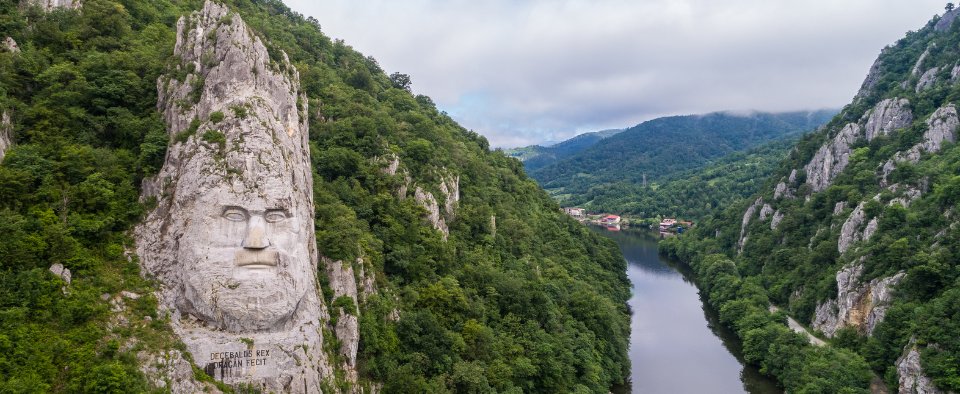
See Lepenski Vir, a Mesolithic archeological site. Learn more about the prehistoric culture in the oldest urban settlement in Europe, dating back to 9500/7200 to 6000 BC.
Enjoy the Danube’s gorges and the most beautiful part of the Danube, passing by the place where Emperor Trajan left Trajan’s Plaque. Become captured by the Mali Kazan gorge where the Danube is the deepest in its entire course. Admire the artistic craft of the Dacian tribe embodied in the statue of the Dacian King Decebalus Rex carved into the rock.
Enjoy free time in Rajac village, a part of Negotinske Pivnice (UNESCO tentative list) featuring a complex of 270 wine cellars dating back to the 18th century and try some of the autochtonous varieties of wine in the widely acknowledged cellar interior (i.e. traditional stone houses for keeping wine).
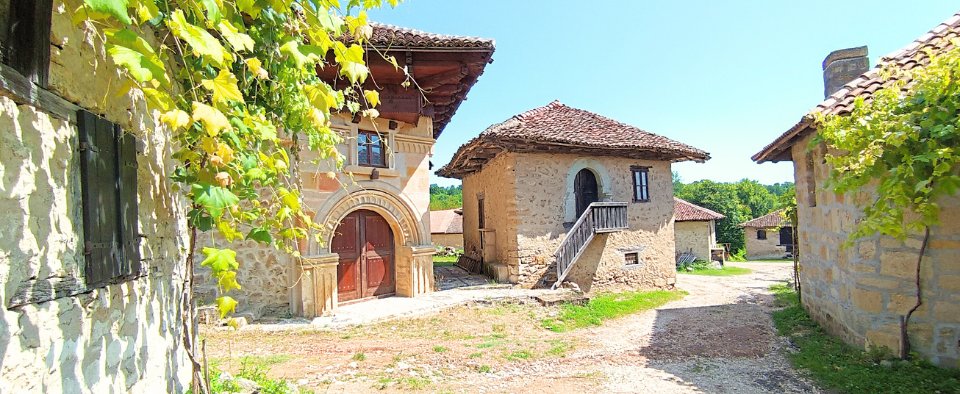
Discover the beauty of the late antiquity artistic achievements embodied in Felix Romuliana (UNESCO) and hear the story of the site founded by the Roman Emperor Galerius Valerius Magnus in honor to his mother Romula.
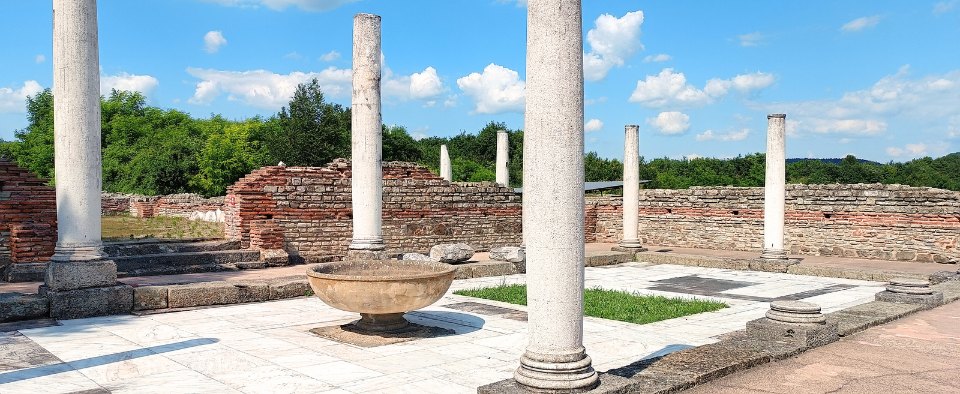
Niš, the city at the crossroads of the most important Roman roads
Bearing the potential for organizing history and culture incentives alongside adventure and gastronomic incentives, Niš indeed stands out as a perfect incentive destination activating all the senses.
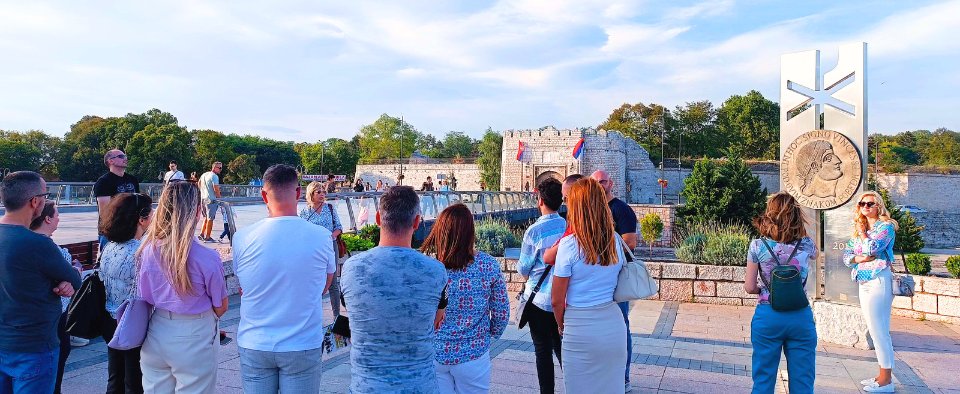
History and culture aficionados will be captured by the beauty of Mediana archeological site. The birthplace of Emperor Constantine the Great located by the road that led to Serdica and Constantinople, Mediana depicts a typical Roman settlement founded in the late 3rd or early 4th century AD comprising a complex including villas and a large farm. Declared a cultural asset of exceptional importance, Mediana features remnants of the prominent Roman buildings including a villa with a peristyle, baths, wine cellar, a palace with the octagonal power, two early Christian churches and a necropolis.
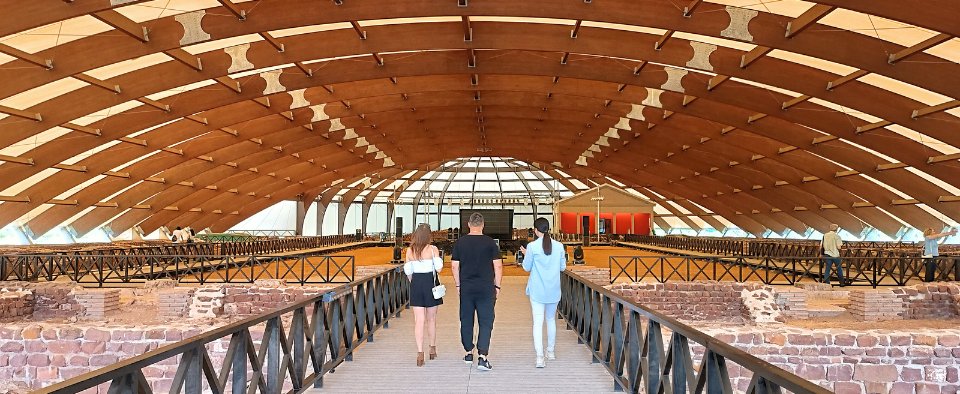
Adventure lovers can feel the power of nature in about 2-milion-year old Cerje Cave. Located 14km away from Niš, Cerje Cave consists of tectonic karst speleology objects including the chasm cave the Precipice, the abyss Demise of Cerje, occasional siphon near Kravlje and karst pit above Kravlje spring. The total length of the cave canals is 7,149m, making it second longest investigated cave system in Serbia.
The 15 to 40 meters high cave’s corridors and halls hide versatile morphological and hydrological forms, shapes, colors, or jewelry such as stalactites, stalagmites, helictites, wavy draperies, cave corals and crystal flowers. A peculiar thing about helictites is the fact that they are formed and extended in all directions, thus defying the laws of gravity.
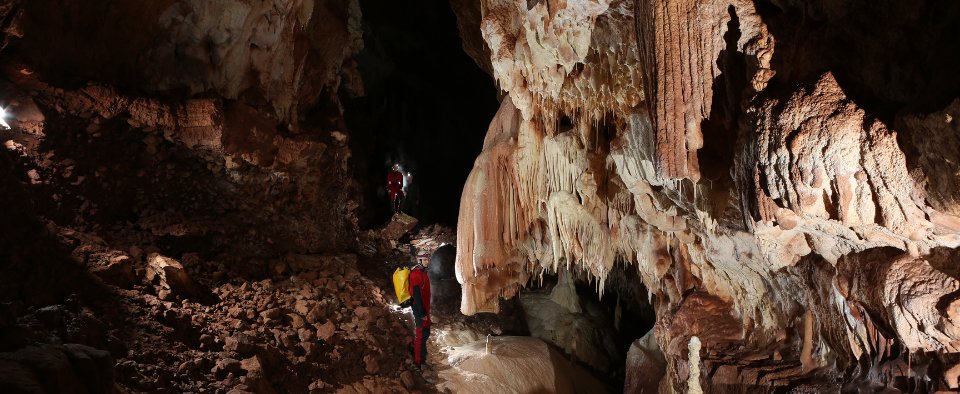
Gastronomic incentive lovers can discover authentic gastro experience in Niš. Try and touch the most traditional Serbian dishes such as „cevapcici“ (tʃɛvæpˈtʃɪtʃɪ), „pljeskavica“ (pʎɛ̂skaʋitsa), and the most delicious white cheeses tasting of the mountain pastures.
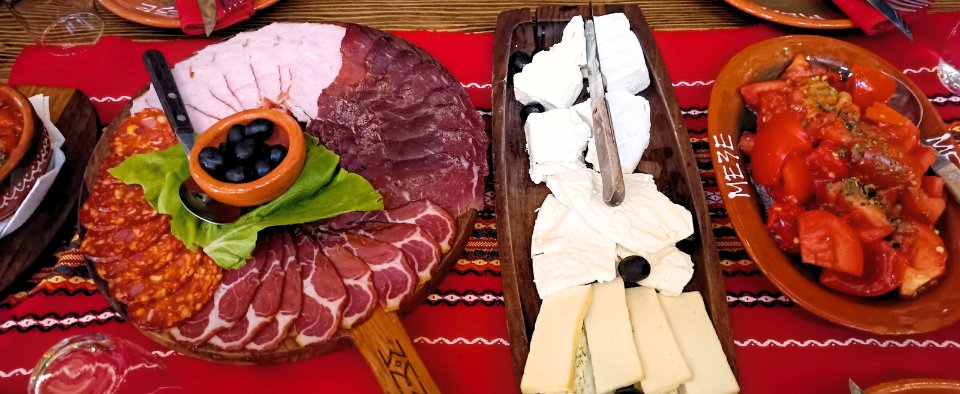
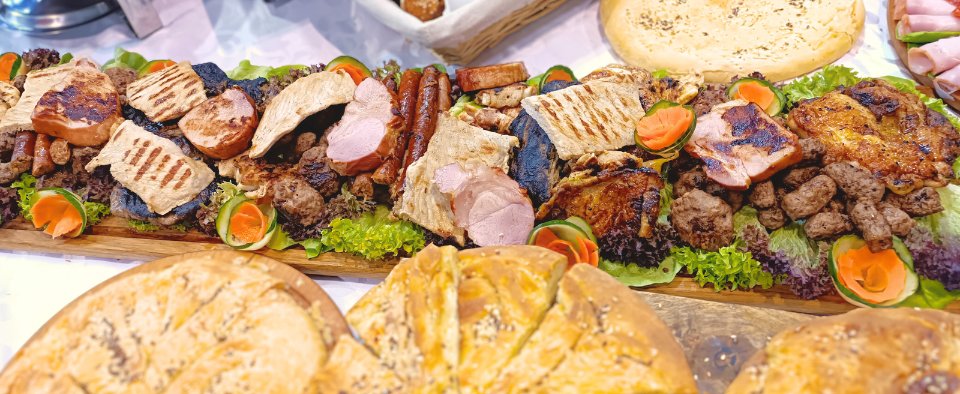
On the other hand, wine lovers will be able to experience a unique wine journey by tasting exquisite wine aged in amphorae exactly as in the Roman period in the over 110-year-old Malča wine cellar.
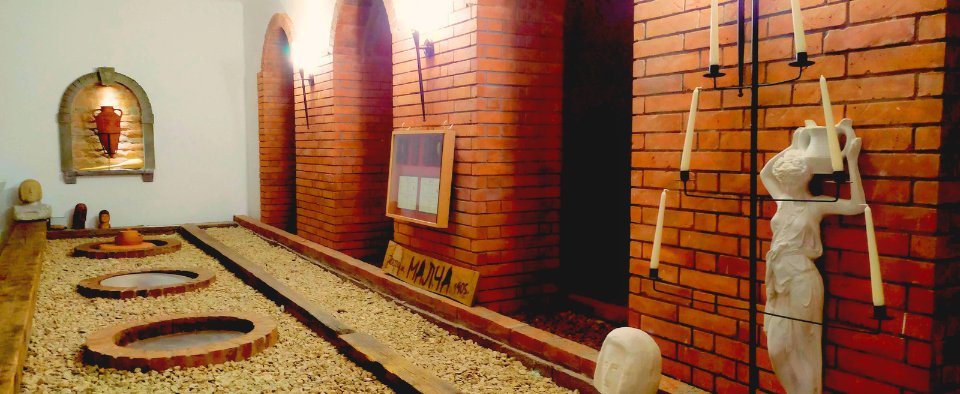
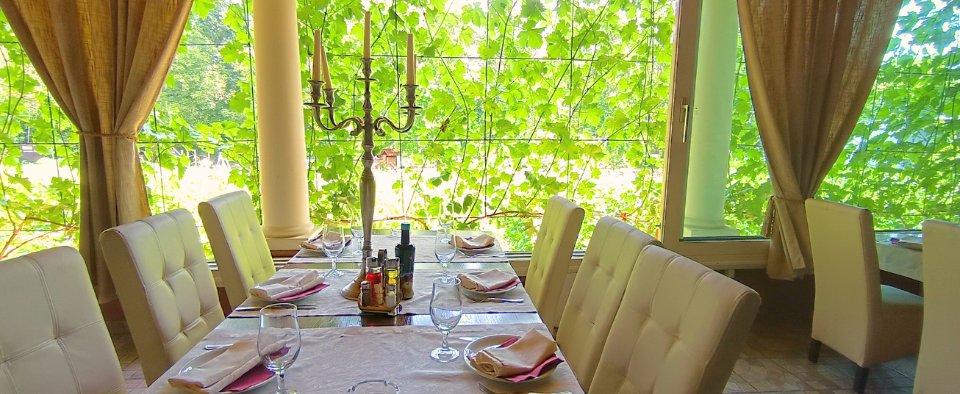
Eventually, feel the authentic bohemian atmosphere in the traditional taverns (kafana in Serbian) where you can taste the best rakia and appetizers, i.e. mezze in Serbian. The blend of widely recognizable spirit of the city, kindness and hospitality of the inhabitants will capture the soul of all guests, even the most demanding ones.
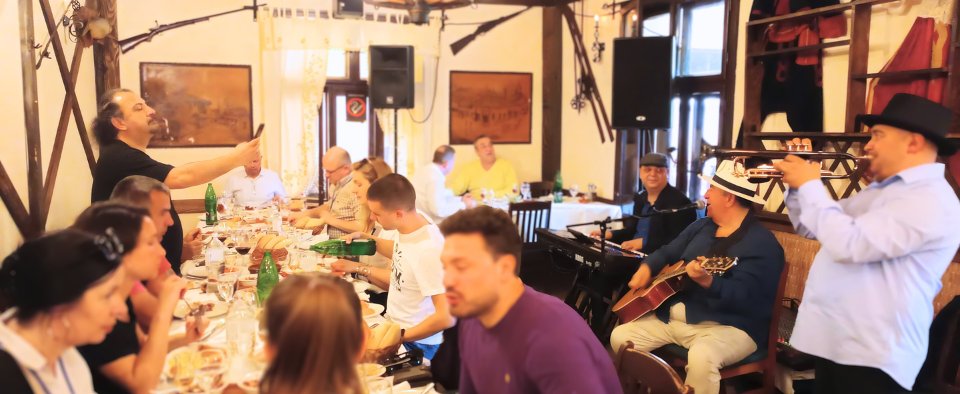
South and East Serbia
South and East Serbia exhibits a great potential regarding incentive trips. Only 14 miles away from Niš, the 17km long Sićevo gorge creates a perfect balance regarding incentive trips by offering numerous options for organizing adventure incentives, culture & history incentives and gastronomic incentives.
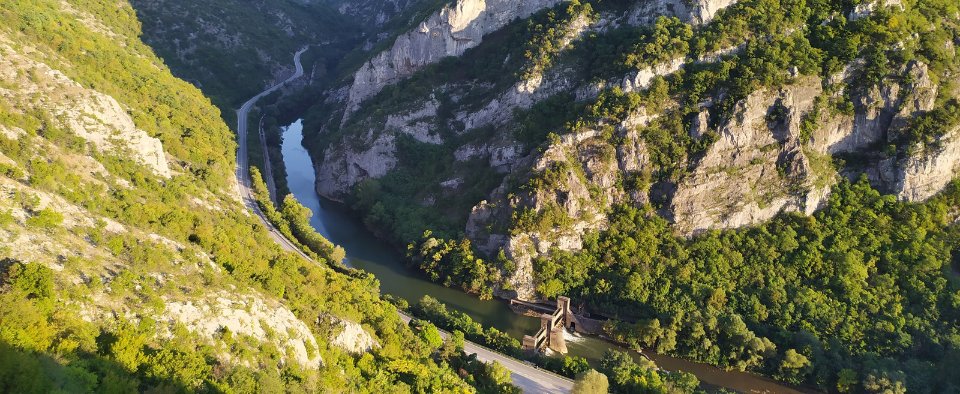
Localities including the Monastery of Holy Mother of God dating back to the 14th century, the monastery of Saint Petka Iverica alongside the hydropower Plant Saint Petka (a part of Tesla Ways EU cultural route) create perfect destinations for organizing unforgettable culture and history incentives.
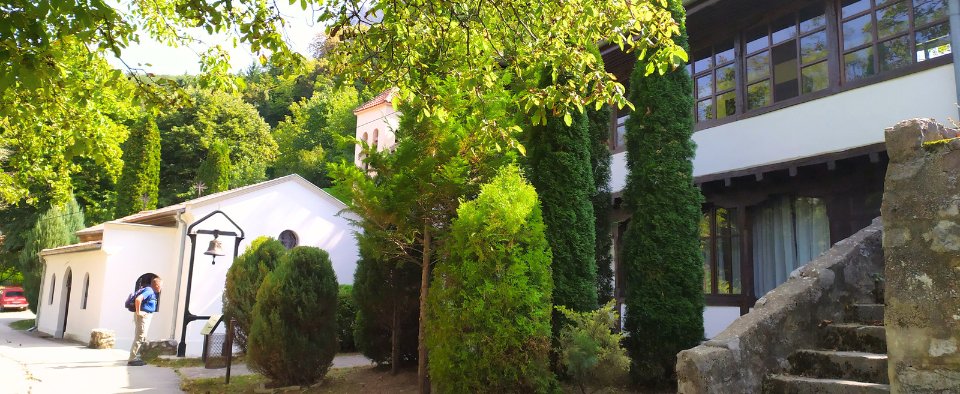
Taste local wine in 200- year-old wine cellar as Sićevo village is famous for its viticulture tradition dating back to the Roman period. Viticulture tradition had a decisive impact on the village due to the fact that every house possesses its own vineyard and wine cellar. Bleisure DMC recommends trying autochtonous varieties of white Tamjanika and red Prokupac.
The story you can here too is about the cave Mala Balanica in Sićevo, both an archeological and paleontological site, renowned for the discovery of a partially preserved hominin jaw. This discovery is considered the evidence of the Heidelberg Man’s presence in Europe, and is kept in Natural Museum of History in Belgrade.
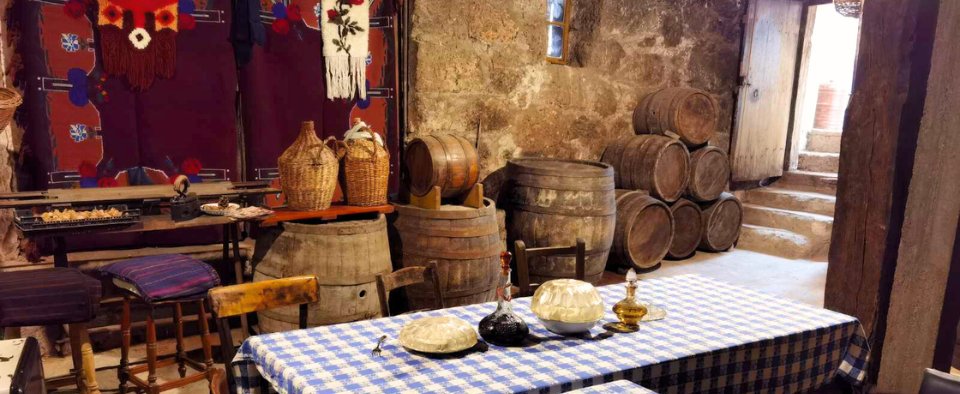
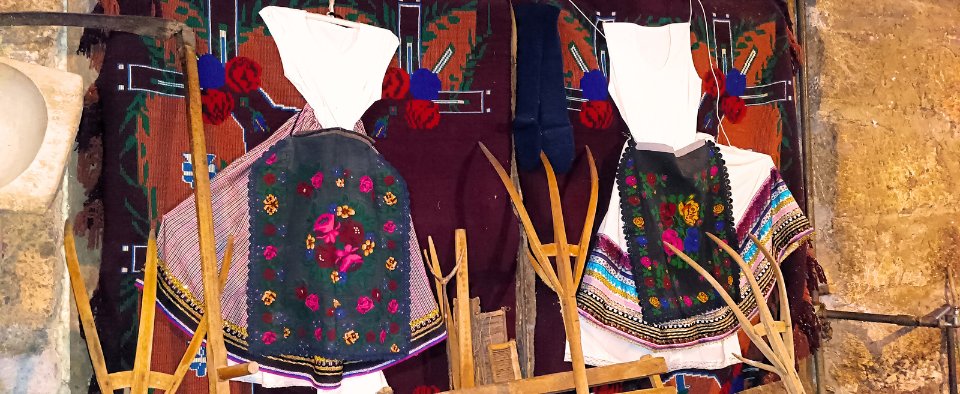
Suva mountain is considered the favorite amongst the mountaineers in Serbia. Its mountainous peaks and rocks reminded Serbian renowned geographer Jovan Cvijić of the Alps, thus inspiring him to name it the Alps of South Serbia. The lowest peak Crni vrh alongside the highest peak Trem stand out as ideal destinations regarding adventure incentives. The majority of the tours include climbing the Trem. After exhausting activities relax at Maiden’s grave saddle and refresh with mountain spring water at Bojana’s spring.
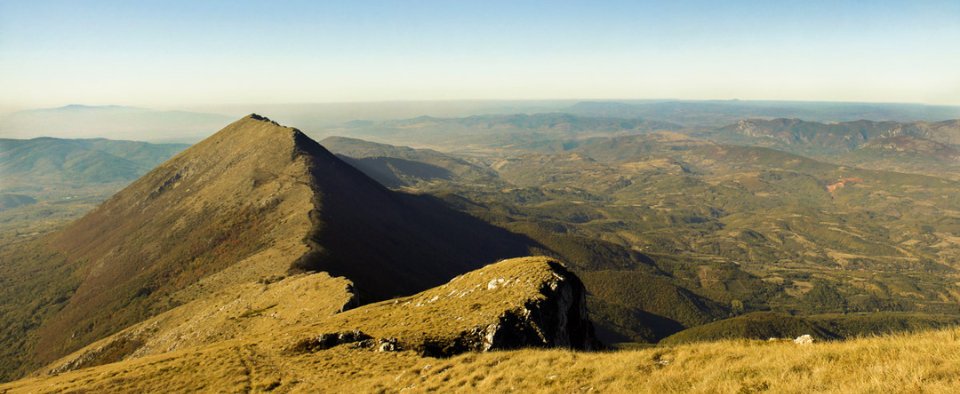
However, Suva mountain also exhibits a plethora of engaging options for adventure incentives such as hiking tours, observing wild horses or standing inside the 1000-year-old oak tree. Nestled at the base of Suva Mountain lies Jelasnica gorge, a pristine natural gem renowned for hiking, free climbing, and various adventure activities.
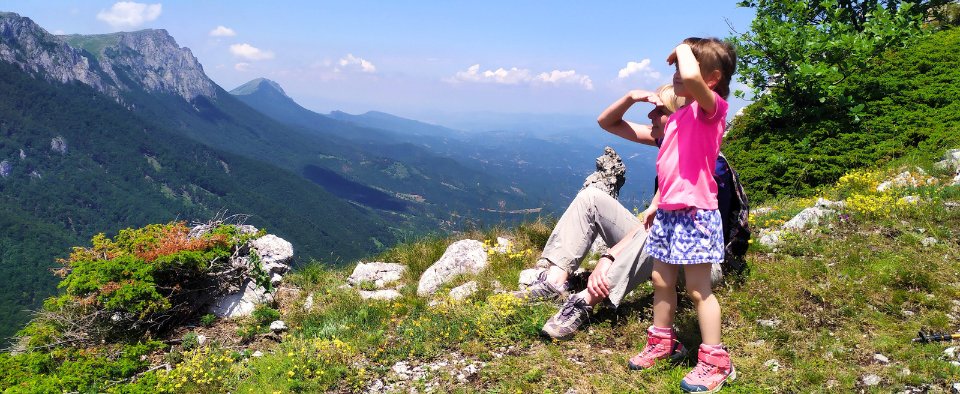
Only 36km away from Niš, the Niševac gorge is a genuine hidden jewel of nature. The combination of the pristine nature and relicts of the past makes it suitable for organizing both adventure and history incentive trips. Regarding adventure, the Niševac gorge offers a combination of adventure, hiking and swimming in the rock pool tours. In contrast, history lovers can find visiting the remnants of the ancient town of Svrljig or hearing the story of the Niševac gorge inhabited by the Thracians and Romans the unforgettable experiences.
Another recommendation is visiting Saint Constantine and Helen church in Svrljig, renowned for the Svrljig Gospel (a testament of medieval Serbian culture) from 1279 which copy is being kept in the church premise. The original document is kept in National Museum in Belgrade.
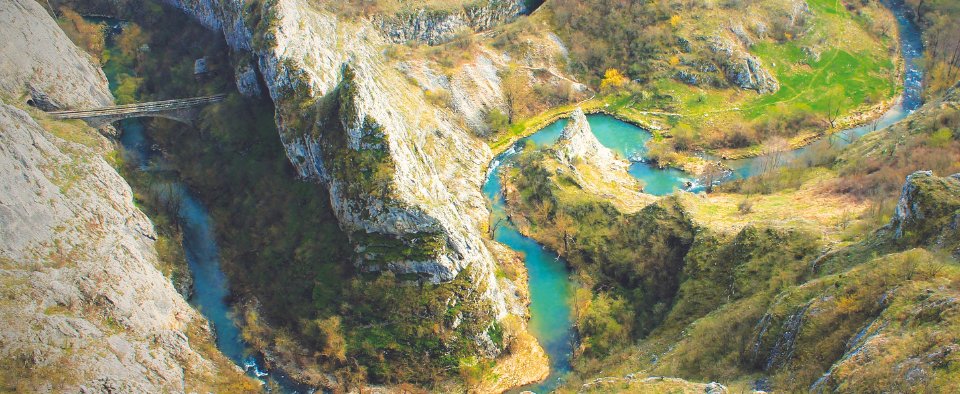
Stara mountain a.k.a Balkan mountain belongs to the system of mountains - Balkan mountains located in both Serbia and Bulgaria. Stara mountain area is rich in numerous cultural assets including Monastery Temska dating back to the 14th century, and prominent monasteries located in the Jerma canyon, Sukovo and St. John the Baptist. The shrine worth visiting in the area of Stara Mountain is the cave church of St. Peter and Paul, famous for its frescoes of Bald Jesus, unique in the world. Be amazed by unreal places of pristine nature.
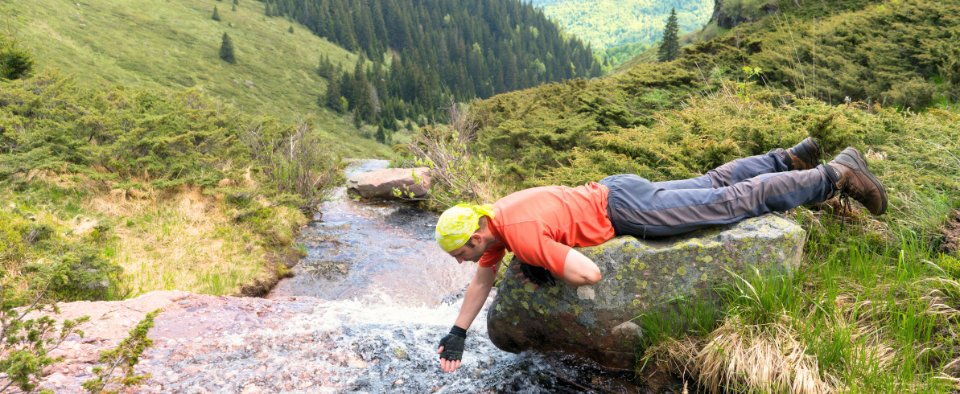
Rich material and spiritual culture alongside tradition, natural beauty, strength and charm make this area exceptional. Our suggestion is to visit Tupavica waterfall, Slavinjsko Grlo canyon and feel the atmosphere of the authentic villages and their inhabitants.
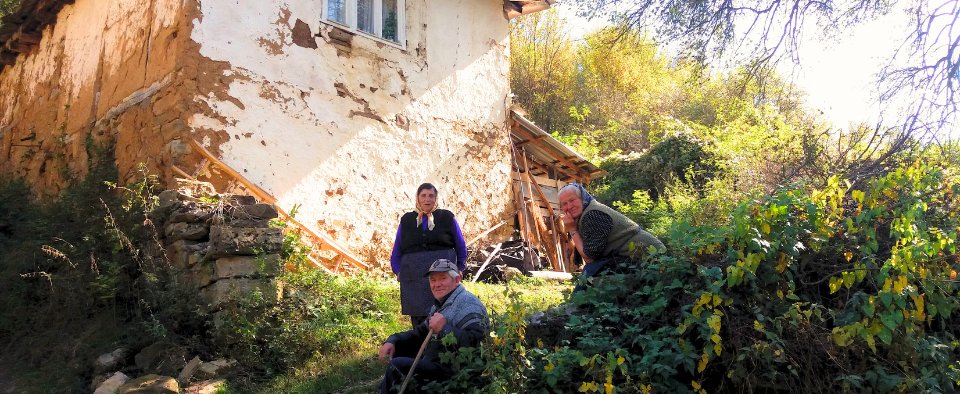
Manasija Monastery & Resava Cave
Create a remarkable history & adventure incentive trip by visiting both Manasija monastery and Resava cave. Above the Resava river the walls of Manasija monastery can be perceived. Founded by Despot Stefan Lazarević and dedicated to the Holy Trinity, Manasija monastery is one of the most significant Serbian landmarks, being famous for its monastic scribe. The monastery walls comprise 12m high walls reinforced with 11 towers, the most famous being Despot’s Tower.
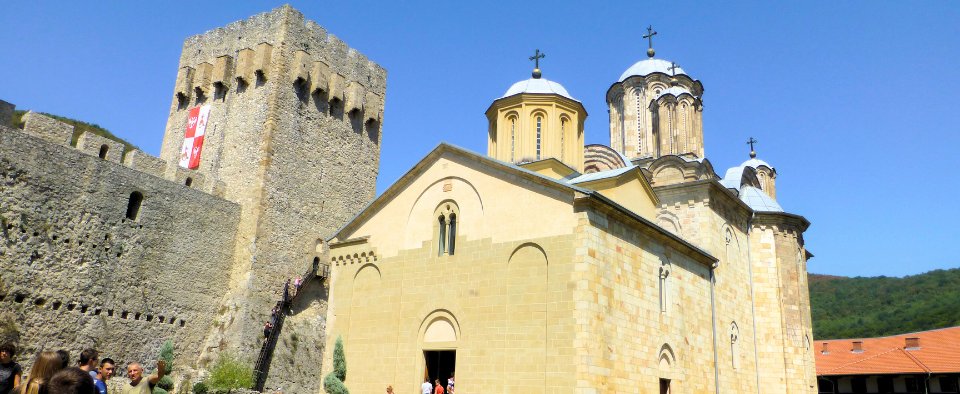
Try out the adventure after the inspiring spiritual experience. The most visited cave in Serbia - Resava Cave has the status of a protected natural monument. Because of its richness and variety of jewelry, it is also known as Resava Beauty. The total length of the canal is currently 4.5km, while an 800-meter-long path has been arranged for visitors. Cave jewelry is already present at the very entrance. The temperature is being constant through the year, i.e. +7 degrees centigrade.
Studenica & Žiča Monasteries
The Ibar valley creates unforgettable experiences since it stands out as an ideal history and culture incentives site. History and culture incentives aficionados will not remain indifferent after visiting Žiča and Studenica monasteries. Dating back to the 13th century, Žiča monastery was the crowning site of seven Serbian kings. The entire monastery was built in the Raška school style. Visit the church dedicated to the resurrections of Jesus. Learn about the beginnings on Serbian sverenity under the Nemanjić dynasty and how Žiča became the first seat of Serbian archdiocese in 1219.
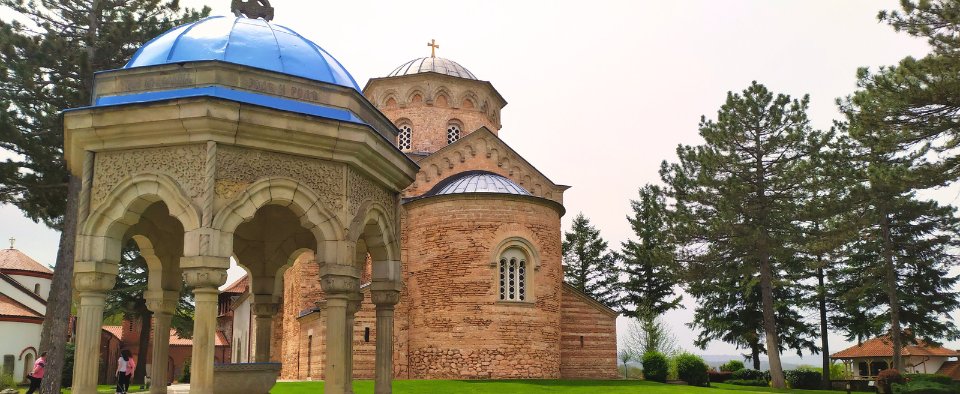
Continue the journey through the valley of the Ibar river to reach Studenica monastery. Studenica, the most prominent Serbian monastery, was founded in the 12th century by Stefan Nemanja, the sovereign of Raška (the medieval Serbian state). The main church is the church of the Holy Virgin Mary featuring the most beautiful frescoes including the crucifixion of Christ, considered the most important fresco. Other localities include Kings Church, the treasury and St. Nikolas’ church.
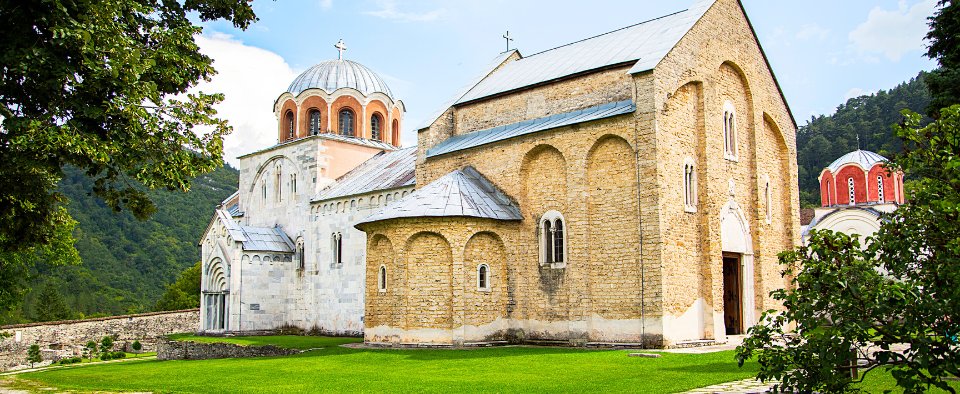
Zlatibor Mountain
Western Serbia has already been recognized as an appealing destination for adventure incentives. An area of unique ecological, biological and cultural value, Zlatibor is recognizable for its health, tourism and recreational facilities. Enjoy a cable car panoramic ride, and remain captured by picturesque landscapes, meadows, pastures and pine forests with valuable objects of folk architecture. Learn more about Serbian folk tradition in Sirogojno village.
An open-air museum representing the authentic Serbian village from the late 19th century and early 20th century, Sirogojno village portrays the quotidien life of a rural family and old folk architecture in this area. Its unique Knitters Museum exhibits hand-made woolen products including the renowned Sirogojno sweaters, jackets, scarves and socks. Apartment lodgings in cottages and a souvenir shop with a tavern create unforgettable impressions. Find out about the old crafts and the routines of daily life in the past.
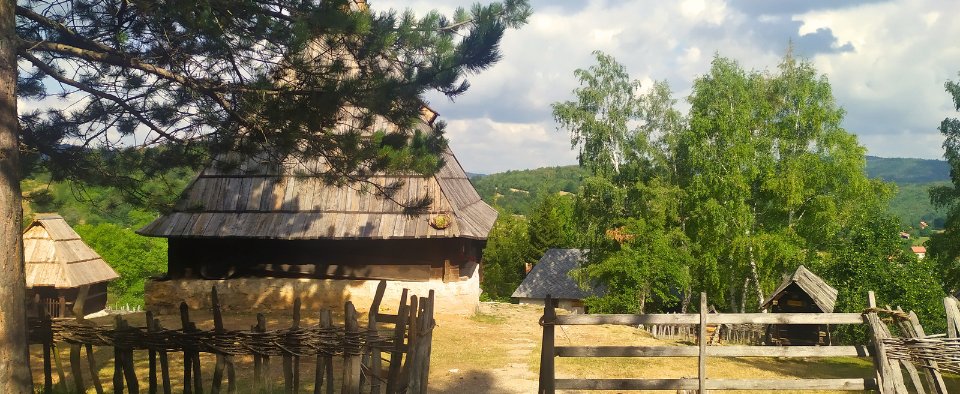
Uvac Special Nature Reserve
Starting from Zlatibor, a one-hour transfer will take you to the Special Nature Reserve Uvac, where you can witness the majestic griffon vultures and other magnificent birds. Enjoy a 2.5-hour catamaran ride through surreal landscapes of Uvac menanders, hear fascinating stories about the area's history and conservation efforts, and explore the legendary Ice Cave. Afterward, savor a traditional lunch at an ethno-complex overlooking the Uvac meanders, featuring the renowned white Zlatar cheese.
For the adventurous, an optional trek to the Molitva viewpoint offers breathtaking panoramas, or transfer to marvel at the Uvac meanders' views. For the ultimate adventure, try a picturesque kayak ride along the meanders of Uvac.
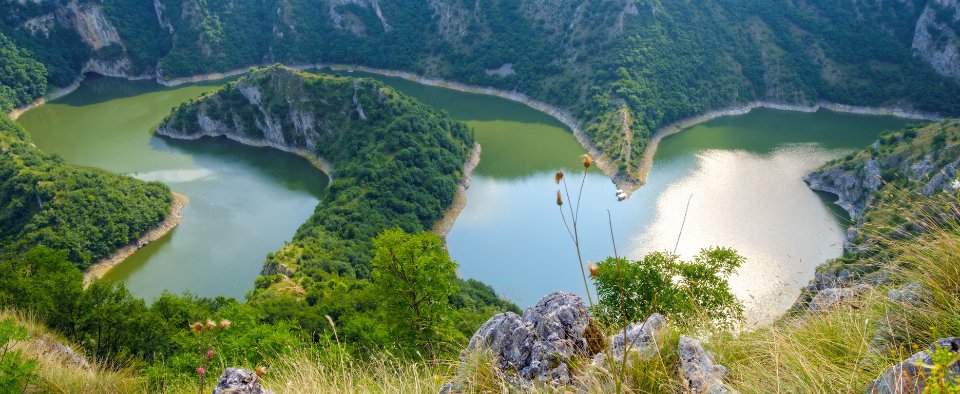
Shargan Eight & Mokra Gora
Combining nature and tradition can be fruitful for organizing culture incentives trips. In the antiquity, both Mokra Gora and Shargan were on a sugnificiant road route, as testified by the remnants of the Roman cobbled road and Roman tombstones. A picturesque mountain village stretching between Zlatibor and Tara mountains, Mokra Gora represents a tourist attraction the guests will enjoy. Mecavnik, an ethno settlement at Mokra Gora, is enough an attraction in itself, owing to its visual identity and architecture.
Feel the unique atmosphere and nature, taste locally homemade food and buy handmade souvenirs.
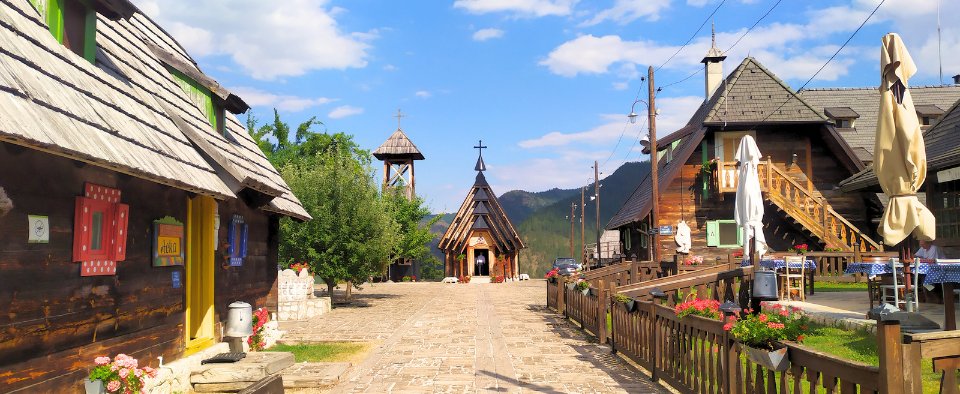
Nostalgic tour Shargan Eight is the old narrow-gauge railway going 300m uphill and forming a perfect number eight. The train makes frequent breaks at the most beautiful view points, followed by narration of the guide. It needs to be highlighted that a number of protected monuments of technical culture including old locomotives and wagon are exhibited outdoors, thus making this area a unique open-air museum.
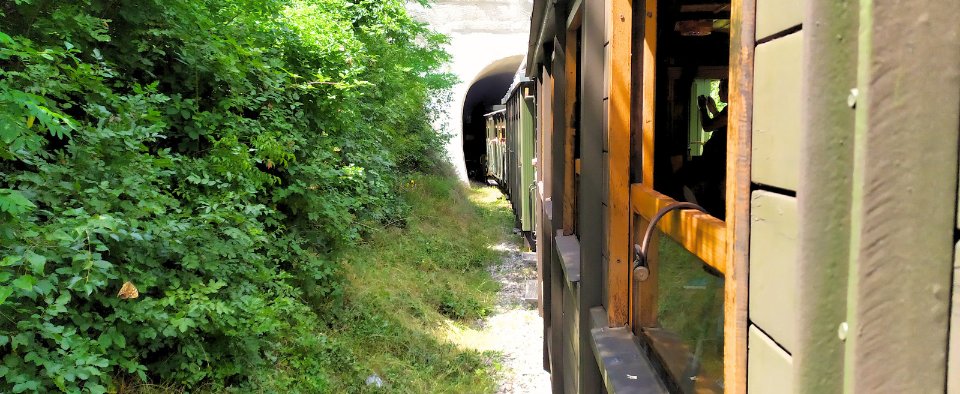
For more information on incentive trips, explore our Serbia at Hand and Adventure Niš brochures. Contact us, and we will help you choose the right option, combining it with luxury hotels and events that we will manage for you seamlessly.

